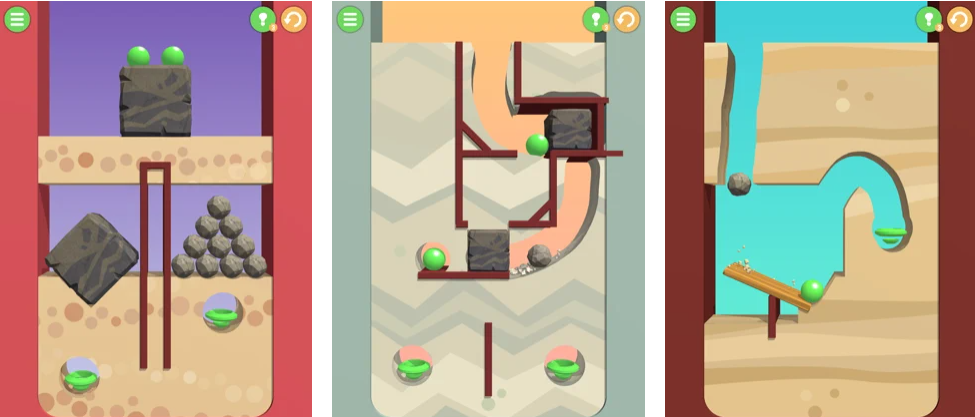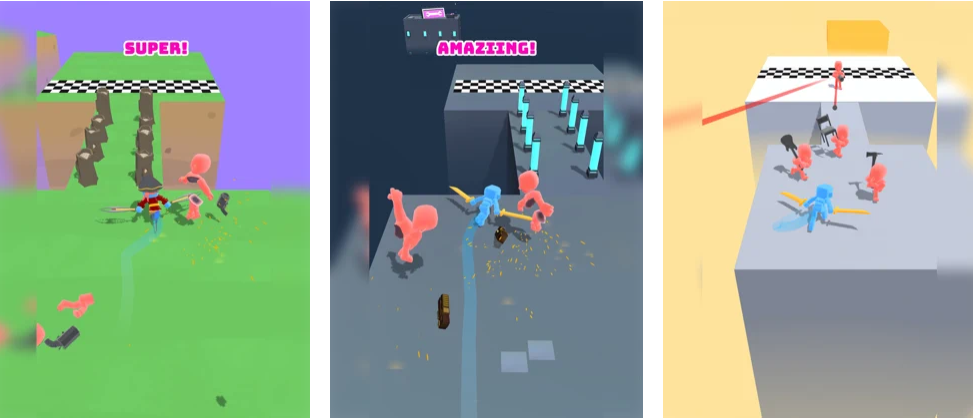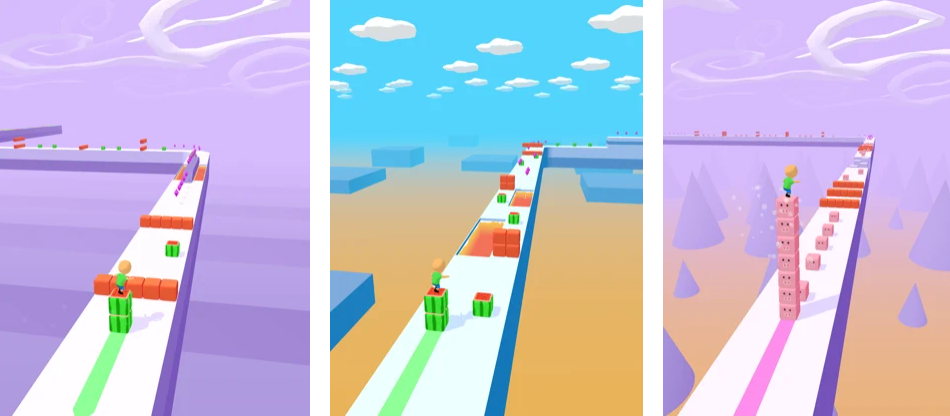Creating an exciting hyper-casual is not as easy as it seems, says Tomer Geller, the leading game designer at Supersonic Studios. In his column on Gamasutra, he shared four key principles that developers should follow during prototyping. We have chosen the main thing from the material.
Principle #1: Don’t keep the player waiting
- According to Geller, hyper-casuals are “light snacks” among games. People run them for a short time, so you shouldn’t take a lot of time from the player for optional things.
- He suggests transferring gamers directly to the gaming device immediately after launching the application. Everything else (progression, meta-game and monetization) is better shown later, Geller believes.
- In the game itself, everything should happen instantly, says the game designer Supersonic Studios. He strongly advises to make sure that the game does not slow down after the player has clicked, swiped or done something else. The reward for the gamer’s actions should also come instantly.
- As a good example of a game with an immediate response, Geller calls the Dig This puzzle. In it, a path is immediately drawn on the sand from the player’s touch.
Dig ThisPrinciple #2: Add drama
- Despite the importance of immediate response to actions, the player needs to make at least some effort. So it will be interesting for him to continue playing, writes the game designer.
- This opens up a field for experiments. You can come up with runners with platformer elements or additional time mechanics (as in Samurai Flash), games with a “rate increase” system, and much more.
Samurai FlashPrinciple #3: Be simpler
- Developers should understand that too much attention to detail only harms the game, Geller notes. It becomes harder for users to concentrate on the gameplay, and they close the application faster.
- At the same time, minimalistic elements like schematically drawn characters, even if they don’t look very nice, but they allow you to focus on the game process.
- Geller also suggests checking whether the concept of the project itself works with the help of mockups — special primitive sketches. This will make sure that all parts of the environment in the game are functioning properly.
Cube SurferPrinciple #4: first the gameplay, then the plot
- Geller also talks about the secondary importance of the main story of the game compared to the gameplay. In his opinion, it is much more important to answer the following questions. What should I do in the game? What are her rules? How does progression work? Is this a simulation game or not?
- The ideal description of the game for a game designer looks like this: “I do “X”, then “Y” happens, which gives me “Z”.”
- This should be taken into account when creating a design document, adds Geller. The pace of the description of the game should be equal to the pace at which it will be sold in advertising. Can’t explain something briefly? You’ll have to throw it out, and therefore you don’t have to get too carried away with the plot.
Also on the topic:
- 3 Key Things to Pay Attention to when Choosing a PublisherThe head of the publisher Supersonic Studios gave advice to developers of hyper-casual games
- Soomla named five non-hyper-casual games with a CPI of less than $0.5
- Is there any news?
Share it with us, write to press@app2top.ru



